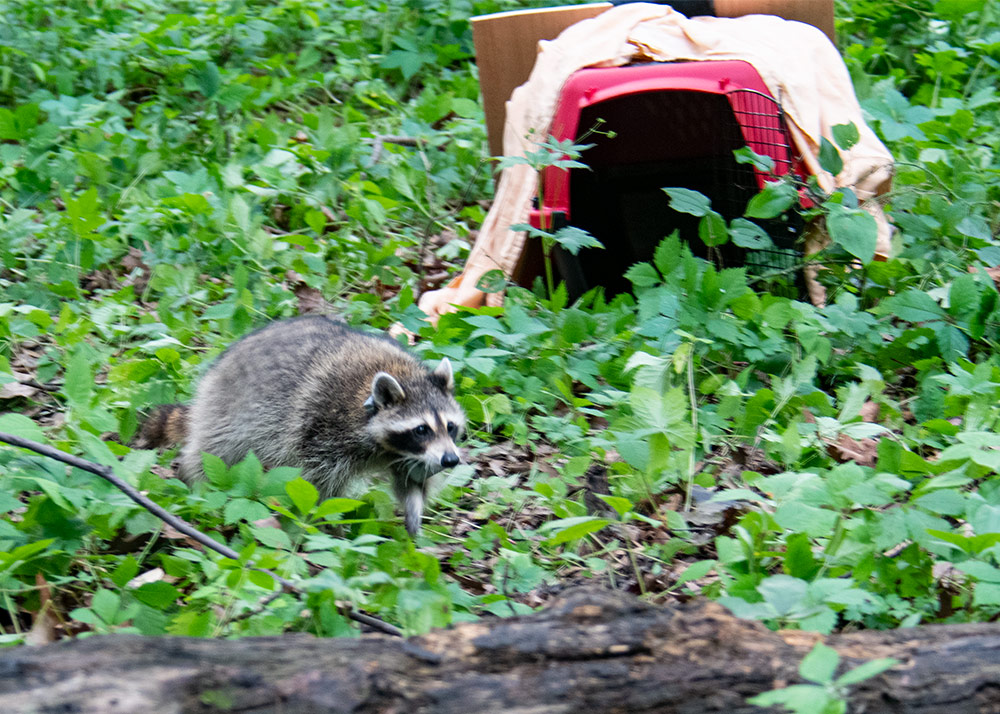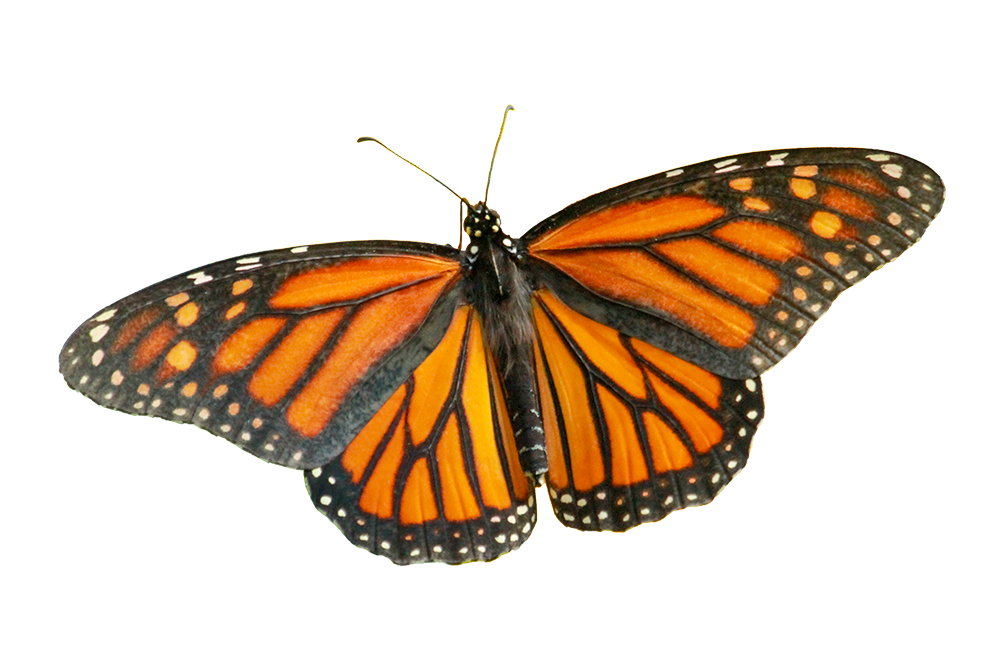While many think of the Saint Louis Zoo as a place teeming with biodiversity, not everyone realizes just how much life is present throughout Forest Park.
This 1,300-acre urban park is a habitat to over 600 species of plants, at least 200 pollinator species and over 200 additional insect species. It’s also visited by animals such as foxes and coyotes, and it’s a “stopover” site for thousands of migrating birds. The Forest Park Living Lab, a collaborative program, aims to study these native animals and engage with the community on the importance of urban biodiversity.
Throughout 2023, the team, including Saint Louis Zoo Institute for Conservation Medicine staff, worked to:
- Attach GPS trackers to select mammals, birds and reptiles in Forest Park;
- Collect health and disease data on all individual animals in the study;
- Build an online repository to showcase the movement of biodiversity in an urban park; and
- Develop outreach and education efforts in the St. Louis region focused on connecting students to urban biodiversity.
By the end of 2023, the team had tagged nine species. Each animal received a health examination at the time a tracking device was applied. Data from each tagged animal provides a unique story.
One special animal, a red-tailed hawk named Lynyrd, was rescued and rehabbed by the World Bird Sanctuary after being found with broken tail and wing feathers. Through a process called “imping,” the World Bird Sanctuary team was able to attach donor feathers to the shafts of Lynyrd’s broken feathers. Following rehabilitation, Lynyrd was released in Forest Park with a GPS tracking tag. Tracking data shows that he uses Forest Park often!
Another red-tailed hawk, named Copper, stretched his wings a little farther. His GPS tag indicated that he explored the greater St. Louis area, including two longer trips into Illinois, before settling down into his new territory near Saint Louis University.
By creating this “map” of animal movements, it will help experts make the best decisions possible for wildlife conservation.


